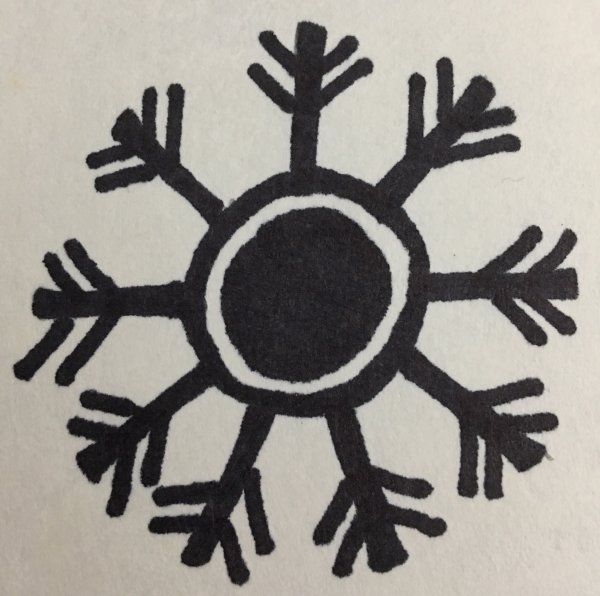scale giants
Before the Third Age, brute giants history was mostly tied to other Giants. You can read the details in the [Giants, article.
Scale giants are one of the few giant subspecies that has surviving enclaves on every major continent.
Appearance wise, they look like large tail-less lizard men. Adults tend to range between eleven and fourteen feet tall. The largest giants reach weights of 3000 pounds.
Recent History and Distribution: Scale giants originally served as grunt soldiers in the dragon armies of the Third Age, a few Third Age dragons of advanced age have managed to bully or buy the loyalty of scale giant tribes, but for the most part scale giants are loathe to accept the rule of any other being.
Scale giants may not be warriors serving the dragons but they are still warriors at heart. Scale giants are belligerent and hostile to nearly every mortal group that cannot show obvious dominance over them. They emerged from the Second Unmaking in very bad shape, but as soon as their numbers allowed them to do so, they began attacking human nearby tribes and kingdoms.
Life cycle and Society: Scale giants primarily survive in rough mountainous areas generally far away from humans and demi-humans. Scale giants tend to live in tribes between ten and sixty adult members, with about half as many children and adolescents.
Few areas can sustain a full scale giant tribe in one place, so most tribes' members are dispersed. Most scale giants live and hunt in bands of four or five members. The bands maintain regular contact with the other bands in their tribe.
Tribes are ruled by brute force and intimidation. The strongest, most cunning, and most ruthless giant becomes chief and retains the position along as he (or less commonly, she) can intimidate or beat up any and all challengers.
Solitary scale giants are fairly common, often the surviving losers of challenging the tribal chief driven into exile. Sometimes, promising young adults or adolescents are driven out of a tribe by their leaders before they can rise to issue a challenge.
Scale giant tribes have a predictable life cycles. As a tribe grows to around forty members, their hunting territory slowly becomes overly taxed by hungry giants. This forces giants to expand their range and territory raiding herds and farms of smaller races near their territory for food and treasure.
Eventually, other races organized enough and the giants take some losses. If the tribal leader isn’t killed in a battle with other races, eventually the ruling chief finds his number of challengers increasing until the chief is killed or the chief is forced to call off his offensive. The now diminished giant tribe withdraws back to their original territory to lick their wounds. Once their population rebounds again, the process repeats.
Very few scale giants live to old age, but in theory scale giants can live up to eight centuries. Scale giants believe in tough love but they do take care of their young educating them and protecting them as best as they can. Scale giants reach adolescence around twenty years at which point they are expected to be to hunt and find food by themselves. Scale giants are full grown adults after forty years.
Scale giants are not monogamous and mate opportunistically. Tribal chieftains are nearly always polyamorous and claim prime mating rights, but they don’t usually expressly forbid betas mating. Those that do face near constant challenges.
Scale giants are skilled at building fires, and can craft simple tools out of stone and wood, but metal working is beyond them.
Religious Practices: Scale giants are not particularly pious but they do occasionally pray to Maylar and Korus . Less often, they will acknowledge Nami , Mera , or Phidas . The others are largely ignored or held in contempt. Priests and divine spell-casters among the scale giants are rare. Most divine spell-casters are favored souls of Maylar . They usually serve as chiefs or the right hands of chiefs.
Geographic Distribution
Related Myths


Comments